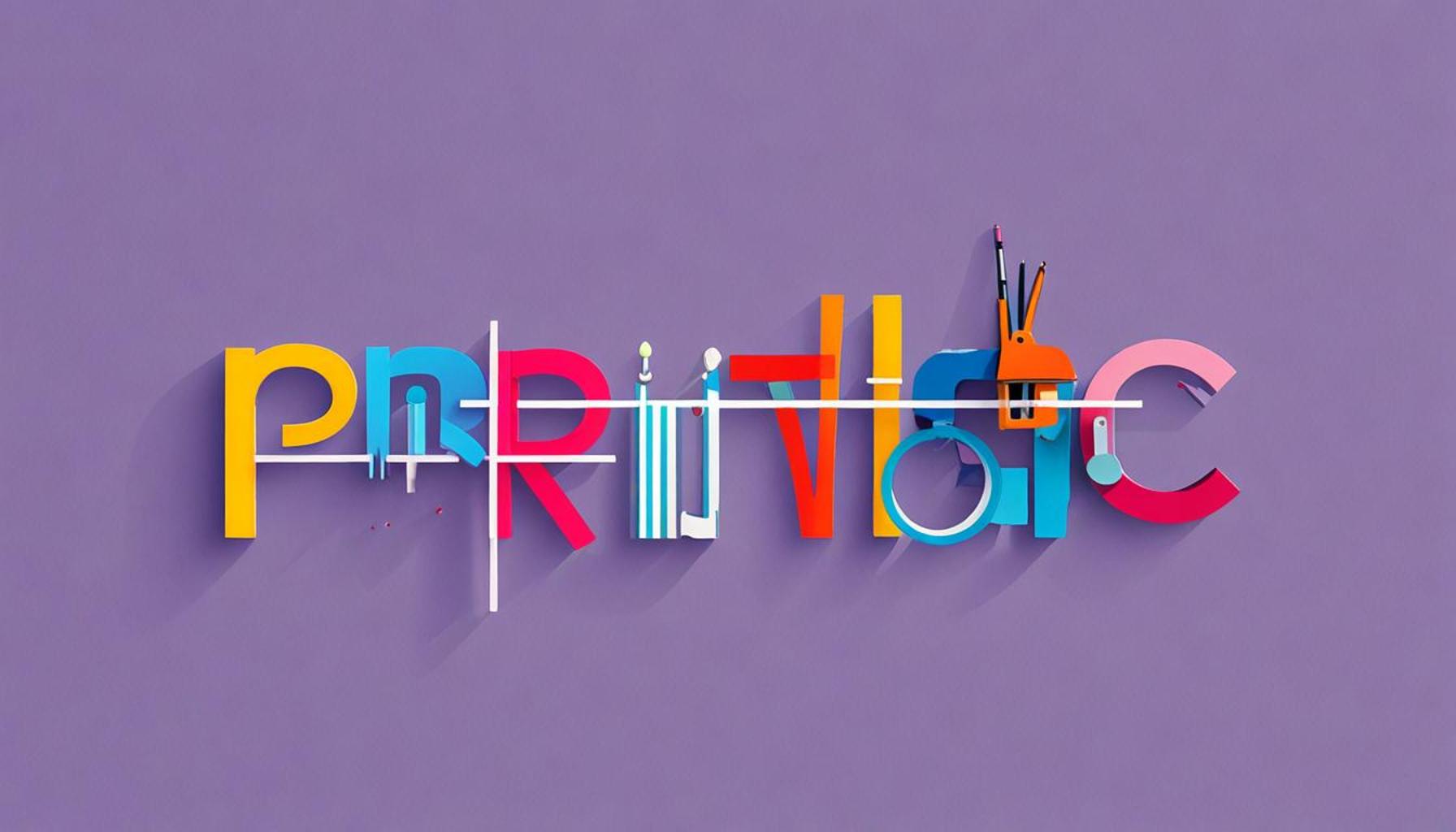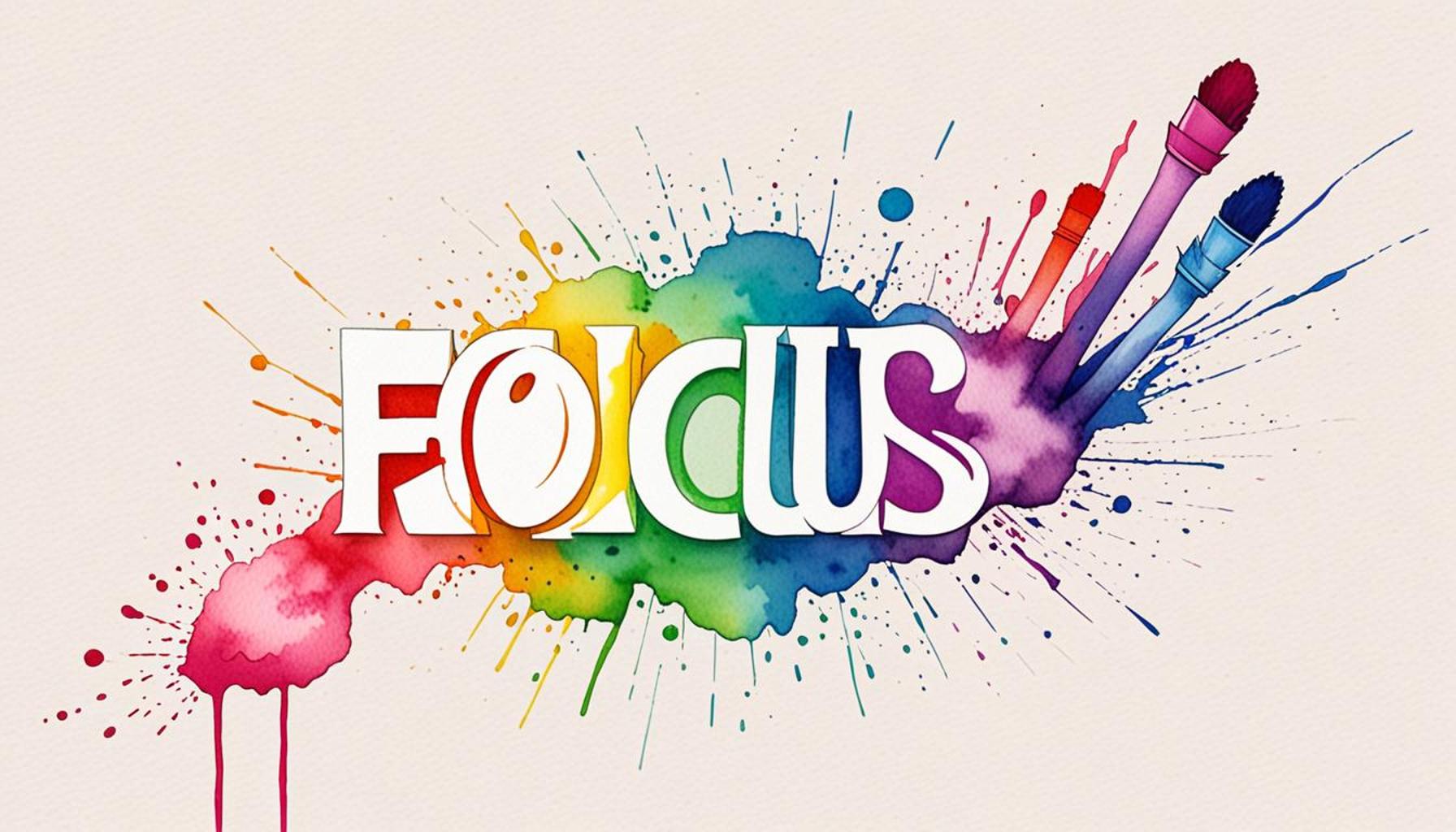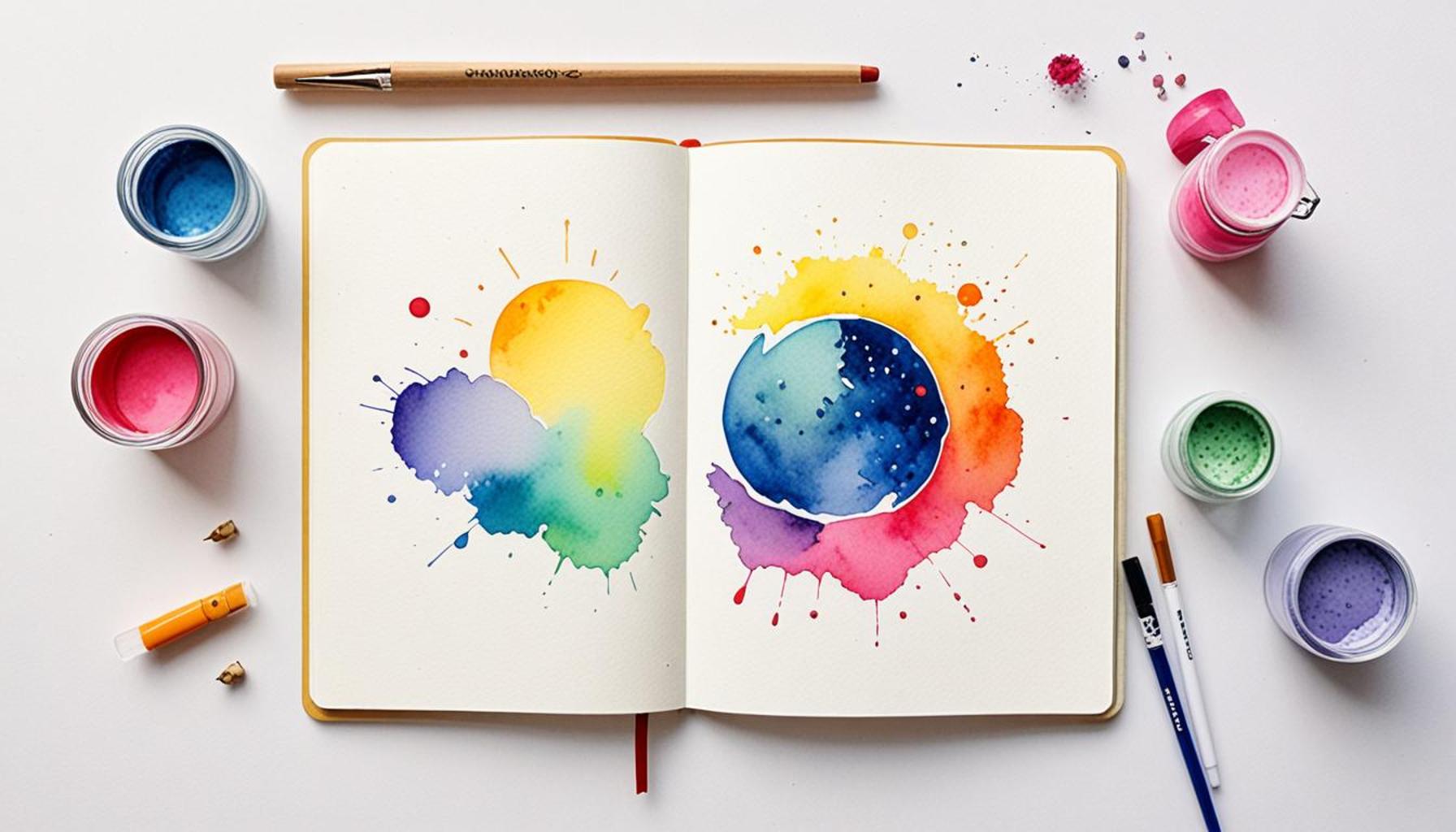Space and Time: How a Minimalist Environment Increases Your Productivity and Focus

Embracing Simplicity for Enhanced Focus and Productivity
In a world where notifications ping incessantly from our smartphones and the lure of multitasking beckons from every corner, achieving focus can feel like a daunting task. More often than not, a cluttered workspace mirrors a cluttered mind, creating barriers to effective productivity. Imagine a serene office space with only the essentials—this is the essence of minimalism. What if stripping away the unnecessary could unveil greater potential in your daily life?
Minimalism transcends the realms of aesthetics; it is a transformative lifestyle choice that prioritizes simplicity, meaning, and clarity in our surroundings. By creating a streamlined environment, we can pave the way for deeper concentration and higher-quality output. Here are several compelling reasons to consider a minimalist approach:
- Fewer Distractions: A clean and organized environment significantly reduces the visual and mental distractions that can fragment your attention. For instance, studies indicate that individuals with fewer items on their desks report higher levels of focus, as they are not easily sidetracked by unnecessary stimuli.
- Improved Clarity: A minimalist workspace promotes mental clarity, making it easier to think critically and make informed decisions. By surrounding yourself with only what is essential, thoughts can flow more freely, and problem-solving becomes more straightforward.
- Enhanced Efficiency: When your space is orderly, you spend less time searching for documents or cleaning up clutter, allowing you to maximize your productivity. Consider how much time could be reclaimed by simply maintaining a tidy desk and knowing precisely where each item is located.
The psychological impact of minimalism is backed by a growing body of research. For example, in a study published by The Journal of Environmental Psychology, participants working in cluttered environments reported feeling more stressed and unable to concentrate compared to those in minimalistic settings. Simplifying both your physical workspace and your digital environment—such as decluttering your email inbox or organizing your digital files—can lead to a noticeable improvement in your workflow.
Moreover, embracing minimalism doesn’t need to be an all-or-nothing endeavor. Small steps—like removing obsolete items from your desk or implementing a monthly decluttering ritual—can yield significant benefits over time. Are you prepared to rethink your surroundings and discover how a minimalist lifestyle can propel your productivity to new heights?
DISCOVER MORE: Click here to learn how to live intentionally and boost your productivity

Creating a Space for Success
When we delve deeper into how a minimalist environment can significantly boost productivity, it’s essential to understand the relationship between our physical surroundings and our cognitive functions. A clutter-free space not only fosters a sense of calm but also actively facilitates better work performance. This concept is validated by neuroscience, which illustrates how our brains can become overwhelmed when exposed to excessive stimuli.
According to research from the University of California, San Diego, just a small amount of clutter can add an average of 30% to our decision-making time. This data reveals how, in a busy space, each additional item can become a mental barrier. The challenge for many professionals is realizing that their environment can shape the way they think and act. So, how can adopting minimalism in our workspaces translate to tangible improvements in productivity and focus?
Benefits of a Minimalist Workspace
Here are several advantages of embracing minimalism in your workspace that can lead to enhanced output and improved concentration:
- Increased Focus: A minimalist environment helps you hone in on the task at hand without being sidetracked by irrelevant details. By maintaining a standardized look with fewer items, your brain can allocate more resources to focusing on what truly matters.
- Reduced Stress Levels: Psychological studies have shown that individuals working in minimalistic settings experience lower cortisol levels, a hormone associated with stress. By eliminating visual clutter, the environment becomes more calming and less overwhelming.
- Fostering Creativity: When distracted by a chaotic workspace, creativity can be stifled. Minimalism encourages creative thinking by allowing your mind to wander freely and cultivate original ideas when surrounded by simplicity.
- Time Management: Organizing your physical space often leads to better time management. With everything in its rightful place, you can locate items faster, spend less time organizing, and dedicate more hours to high-priority tasks.
Consider a study conducted by Harvard Business Review, which examined the effects of workspace organization on performance. The findings revealed that employees with tidy workspaces not only produced higher quality work but also completed tasks more quickly, resulting in a 20% productivity increase. This indicates that minimalistic principles can dramatically enhance output and creativity, especially in fast-paced working environments like tech startups and creative agencies.
As we navigate the demands of modern work life, integrating minimalism into our environment may seem like a monumental task. However, it can be achieved through small, manageable changes. For instance, curating your physical belongings and scheduling regular clean-up sessions can help in fostering a clearer mind. In the upcoming sections, we will explore specific strategies for implementing a minimalist approach that aligns with your objectives, ultimately paving the way for a more productive and engaged work life.
| Key Advantage | Explanation |
|---|---|
| Reduced Distractions | A minimalist environment eliminates clutter, enabling deeper focus on tasks without unnecessary distractions. |
| Enhanced Clarity | With fewer items vying for attention, your mind can concentrate better, leading to better decision-making and creativity. |
| Increased Efficiency | A streamlined space allows for quicker actions, as everything has a designated place, saving time and enhancing productivity. |
| Boosted Well-being | Minimalism contributes to a serene atmosphere, reducing stress and promoting mental clarity, which is essential for sustained focus. |
Understanding the dynamics of space and time in relation to productivity is essential, especially in today’s fast-paced world. As you consider transforming your workspace, note that adopting minimalism isn’t merely about aesthetics; it’s a strategic move towards optimizing focus and efficiency. The observations highlighted above serve not just as compelling reasons but also as invitations to evolve your work environment into one that nurtures your potential. By reducing distractions and enhancing clarity, you create a culture of productivity that empowers you to achieve more with less effort.
DIVE DEEPER: Click here to discover innovative storage solutions
The Psychology of Minimalism and Its Impact on Workflow
The concept of minimalism extends beyond mere aesthetics; it envelops psychological principles that can substantially impact our efficiency and focus at work. As we dive further into this subject, it becomes clear that creating a minimalist environment is not just about eliminating physical clutter, but also about fostering a mindset conducive to creativity and productivity.
A study published in the Journal of Environmental Psychology highlights the direct correlation between workspace design and employee engagement. When spaces are optimized for minimalism, employees report significantly higher levels of satisfaction and motivation. This is, in part, due to the reduction of sensory overload that occurs in simpler environments, allowing for greater mental clarity. With fewer distractions, workers can concentrate better, leading to a more streamlined workflow.
The Role of Color and Light in a Minimalistic Workspace
An often-overlooked aspect of minimalism is the influence of color and light on our psychological state. Research indicates that certain colors can evoke specific emotional responses; for instance, blue tones are associated with calmness and focus, while yellows can inspire creativity. Choosing a minimalist color palette for your workspace that aligns with these principles can further enhance your productivity.
Moreover, natural light plays a crucial role in performance; studies have shown that environments flooded with natural light improve mood and energy levels, contributing to overall productivity. By maintaining an uncluttered workspace bathed in warm or natural light, individuals can enjoy improved cognitive function and increased alertness, enabling them to work more effectively.
Implementing Minimalism in Remote Work Settings
As remote work becomes increasingly common across the United States, the principles of a minimalist workspace are more relevant than ever. Designing a home office that adheres to minimalistic principles can drastically impact productivity. By dedicating a specific area for work and minimizing distractions—whether it’s the array of knick-knacks on your desk or the numerous tabs open on your laptop—you set the stage for greater focus.
For example, using tools like the Pomodoro Technique, where work is divided into intervals with short breaks, can be complemented with a minimalist setup by reducing visual and auditory disruptions. Incorporating a singular notebook or digital application for tasks, rather than scattering tools across screens and papers, can streamline workflow and reduce cognitive load.
Long-Term Effects of Minimalistic Practices
Opting for minimalism isn’t just a quick fix; research shows that individuals who embrace minimalistic environments tend to cultivate long-term habits that promote resilience against distractions. This is crucial, especially in today’s fast-paced digital world where multitasking is often glorified. Emphasizing single-tasking in a clean, minimalist environment can lead to improved outputs and overall career satisfaction.
As professionals adapt to these environments, they report a greater sense of ownership over their work and responsibilities. Through minimalism, distractions are less about physical items and more about reallocating mental and emotional energy toward objectives that matter the most. As such, fostering minimalism in the workplace emerges as a strategic decision for organizations aiming for peak productivity and employee well-being.
DISCOVER MORE: Click here for innovative organizing tips
Conclusion: Embracing Minimalism for Enhanced Productivity
In our fast-paced world where distractions are omnipresent, embracing a minimalist environment emerges as a transformative approach to enhance productivity and focus. The optimal design of workspaces, as supported by scientific research, emphasizes the crucial relationship between minimalism and psychological well-being. A tidy, uncluttered space not only enhances engagement and satisfaction among employees but also nurtures a mindset fertile for creativity and efficiency.
As highlighted throughout this article, the interplay of color and natural light in minimalist workspaces lays the groundwork for improved cognitive function and mood. Simple design choices can lead to a dramatic shift in how we experience our work environments. Coupled with techniques like the Pomodoro Technique, an intentional focus on minimalism allows professionals to reclaim their attention from external chaos, directing it instead toward essential tasks.
Moreover, the long-term benefits of embracing minimalism extend beyond immediate productivity gains. This shift cultivates resilient habits that facilitate sustained focus and higher job satisfaction, critical qualities in today’s multifaceted work landscape. As we navigate remote work settings, cultivating designated spaces for productivity becomes all the more imperative, affirming that a minimalist philosophy is not just a fleeting trend, but a strategic imperative for individual and organizational success.
In conclusion, the relationship between space and time, and its impact on productivity, cannot be overlooked. By investing in a minimalist approach, you pave the way for a work life characterized by clarity, creativity, and ultimately, a deeper connection to your professional objectives.


